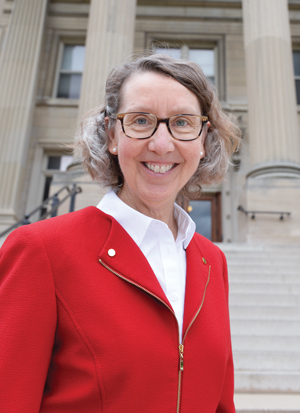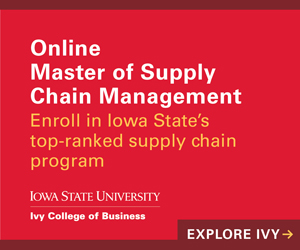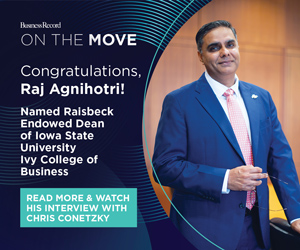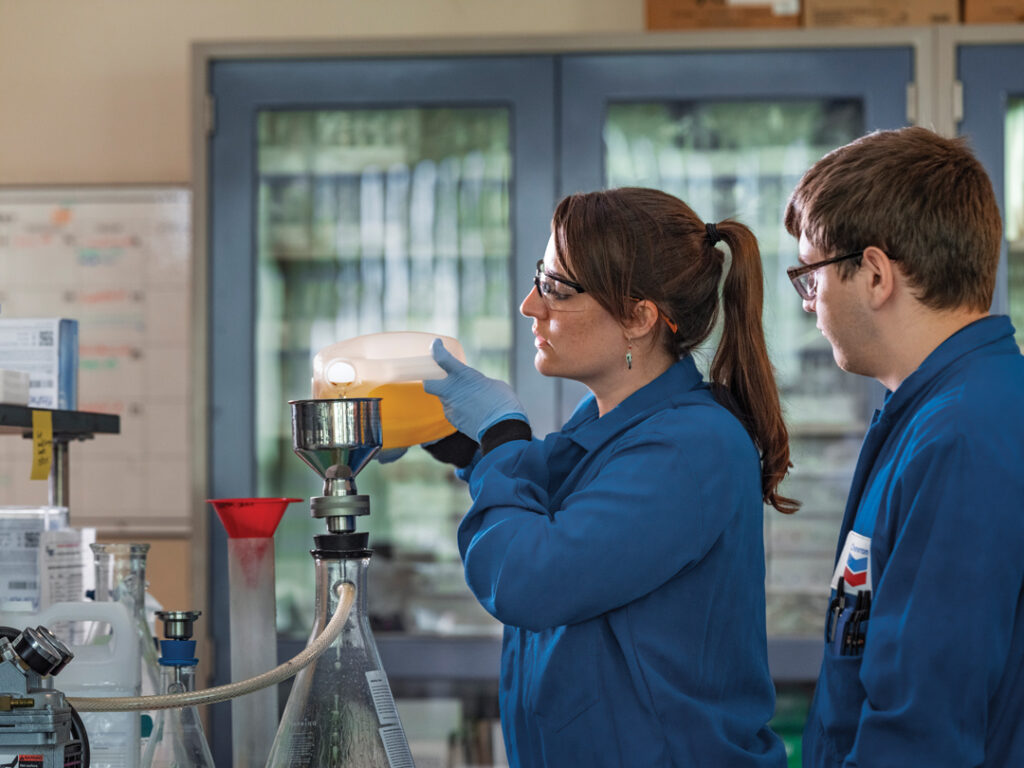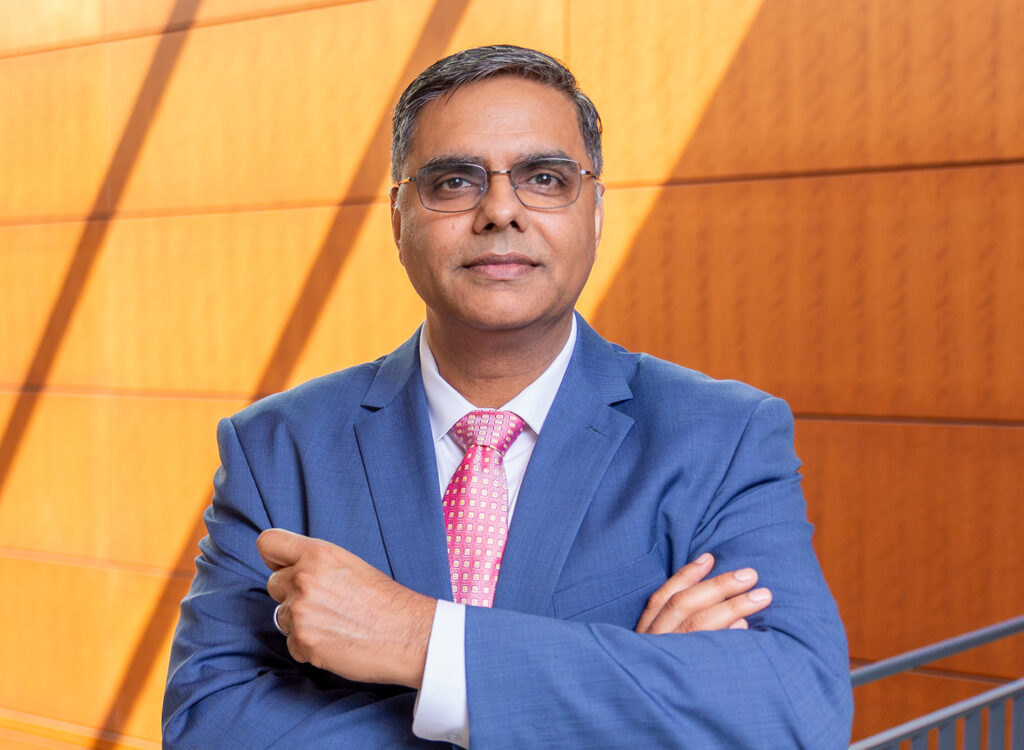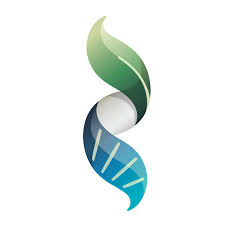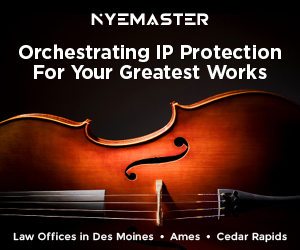Recharging: Iowa Energy Center under review after director leaves

PERRY BEEMAN Sep 16, 2016 | 11:00 am
7 min read time
1,667 wordsBusiness Record Insider, Economic Development, Energy, Lift IOWAIowa Energy Center operations are getting a full review with the help of outside experts after the center’s departing director blasted what he called interference from utilities and others when he tried to make changes he thought would improve grants and other programs.
We stopped by Iowa State University to ask the woman who is ultimately in charge, Sarah Nusser, vice president for research, about the transition to a new director and the center’s direction. We asked what the center offers business owners and others in the area, thinking many of you may not have full details.
Director Mark Petri left in July to take a job at the University of Illinois running a new critical infrastructure resiliency institute. On his way out of the state, he told the Associated Press he had tired of interference over a change in how the energy center issued grants. He objected to what called utility interference over a $1 million federal grant — which Gov. Terry Branstad gave back to the federal government — that was intended to help communities study best practices in solar installations.
Then there was the unusual and eventually scrapped move by Iowa Utilities Board Chairwoman Geri Huser to deny the center its funding from an assessment on utilities until center officials answered questions about grant protocols. Huser happens to also serve on the energy center’s advisory board, but her objections were still vague to center leaders.
“It was never clear to me why that was going on,” said Nusser, who supervises the center’s operations. “I was never able to get information from her about what her concerns were. My attempt to get more information, both trying to reach her and through questions to the advisory council, we have not heard about a weakness that she was concerned about.”
After state lawyers explained that ISU, and not the utilities board, is in charge of the center, the utilities board released the center’s cash, which was supposed to merely pass through the utilities board.
“The external review is somewhat of interest to the advisory board from this perspective, but this is a program review,” Nusser said. “For us, we have an audit mechanism that comes from being a state university. We have controls in place.” Program reviews are launched periodically.
Iowa State University President Steven Leath has the power to appoint the director.
Mufit Akinc, a professor of materials science and engineering at Iowa State, was named interim director of the Iowa Energy Center Aug. 16. A search for a permanent director is most likely months away, Nusser said. Petri had run the center a bit more than three years.
Nusser said the center’s review is one of a series of periodic checks on operations. The center answers to her office, but also works with an advisory council that has representatives from utilities, consumer advocates, educators, state economic and transportation officials, and Huser representing the Iowa Utilities Board.
Lawmakers created the Iowa Energy Center in 1990 to encourage the use of alternative energy sources and energy efficiency.
Petri told AP that grants had tended to go to the same programs and researchers but he began offering seed grants and matching funds to attract grants from outside. He added that the state had brought back $4.20 from outside to match every dollar from the center.
“It’s become increasingly difficult for me to move the energy center forward,” he told AP. “These external factors have just made it really difficult for me to implement the changes that we felt need to be made.”
Was this the utilities resisting small-scale, independent solar installations as they have wind turbines on farms and other properties because of interconnection issues and debates over payments?
“I can only comment on what I observe in the advisory council. I really don’t see any of that in our discussion,” Nusser said. “The people I work with on this council (including the utility representatives) have in their hearts the best interests of the energy center. They have been very helpful in providing suggestions.”
An example: The utilities and other organizations worked with the center to put out a guide on solar energy issues, Nusser said.
We asked Nusser to lay out the center’s operations. Here are her responses.
How was the center created?
The Iowa Legislature created the center in 1990. It involves research at all three state universities and education programs, including some at private schools and the community colleges.
What does the Iowa Energy Center do?
It has never strayed from this mission. There is a focus on energy efficiency and conservation as well as renewable energy. The target clients and beneficiaries of the Iowa Energy Center include the public, industry and nonprofit organizations, both from the point of view of technology and improving their own systems, and researchers who work to advance the technologies.
It has tentacles of education and outreach, of enabling technology to move forward, at the research level. It’s an extremely broad portfolio.
How is the center funded?
There is a small assessment on gas and electric utility revenues. They assess 85 cents on every $1,000. About $4.4 million comes into the center. The energy center also sometimes receives grants as part of its research program. There also are user fees at the center’s research facilities for biomass and energy efficiency.
What is the governance?
(The center reports directly to Nusser, ISU’s vice president for research). The governance involves an advisory council, which advises on the budget and proposals that come in, and just providing overall oversight. The advisory council has various state departments represented, education, utilities, the state universities, the Iowa Utilities Board, the Office of Consumer Advocate, electric cooperatives, economic development, private colleges and community colleges. It has this broad set of stakeholders that are related to education and workforce development and government agencies that stand to both benefit from and guide what goes on at the Iowa Energy Center. Its focus is truly on all of Iowa, which is quite different from many of the other centers at Iowa State.
What does the center do?
The energy center has four focal areas. Those include energy efficiency, renewable energy — bio energy in particular — and then education and outreach, developing the ideas for new energy technologies and developing the workforce.
Does the center provide grants?
Yes, it has several initiatives that support the four focal areas. There is an alternative energy revolving loan fund. We have a number of technology development facilities. One of them is focused on biomass (near Nevada) and the other is focused on energy efficiency in buildings (at Des Moines Area Community College in Ankeny).
We have training and education initiatives both for the public and for professionals and for workforce development. And we do have competitive grant programs. One of the newer grant programs is about providing curriculum to the community colleges.
We have a facility, the Energy Resource Station, at DMACC in Ankeny. That is focused on testing to improve building energy efficiency. They have a layout that has windows facing in different directions and pairs of rooms. They can compare one technology with another technology. They have a back of house that has all the control systems you need to put in all kinds of different situations. They might be testing windows. They might be testing (heating and cooling) systems.
The Biomass Conversion Facility has about 10 projects going, and it’s all about scale-up for commercial application for bioenergy projects. It is used by both private sector and nonprofits, as well as academic researchers in Iowa and beyond. Both of these facilities have tours and other outreach for professional organizations and companies.
Tell us more about the competitive grants programs.
These grant programs were reconfigured for 2013. It was really done in relation to a stakeholder committee that got together and said can we do better with this investment? The grants take you through a process of planning to pilot testing to how to find financing. There are four different types of grants. Planning grants; those are small, about $8,000. Opportunity grants provide a vehicle for conducting the pilot studies or economic feasibility studies, whatever is needed to go after external funding. The third program is the matching grants. Sometimes an agency will require cost share from the state. The U.S. Department of Energy has a number of programs like that. They want to leverage their dollars and make sure the state has skin in the game. And we have special project grants for outreach and education.
The purpose of the grants program is to bring more external funding into Iowa. It has a pretty strong track record. About $2.4 million has been awarded the past three years. Maybe $50,000 for the planning grants; the opportunity grants received about $2 million for initial planning. Matching is about $400,000. Special project grants account for $100,000.
These programs are open continuously. The advisory council sees these applications and particularly gives its input on grants of more than $100,000.
Outside review panel members
Richard Hemmingsen, Panel chairman, former executive director of the Initiative for Renewable Energy and the Environment, University of Minnesota
Paula Carlson, President, Luther College
Kevin Kephart, Vice president for Research and Economic Development, South Dakota State University
Rod Larkins, Senior Director of Science and Technology, Agricultural Utilization Research Institute, State of Minnesota
Lisa Camp, Associate Dean for Strategic Initiatives, Case Western University
- Are the grant programs meeting the legislative intent of the mission?
- Do the grant program process mechanics follow best practices?
- Is grant funding being spent and monitored consistent with the formal grant agreement?
- Is grant program success appropriately assessed?
- Are the outcomes satisfactory?
- Are there ways to achieve and report on better/more appropriate outcomes?
- What can the Energy Center do to better identify, shape and respond to external funding opportunities?
- What recommendations do you have for improving the grant programs and their business processes?
- Is communication regarding the grants programs with the public, Iowa State and the Advisory Council appropriate and timely?

